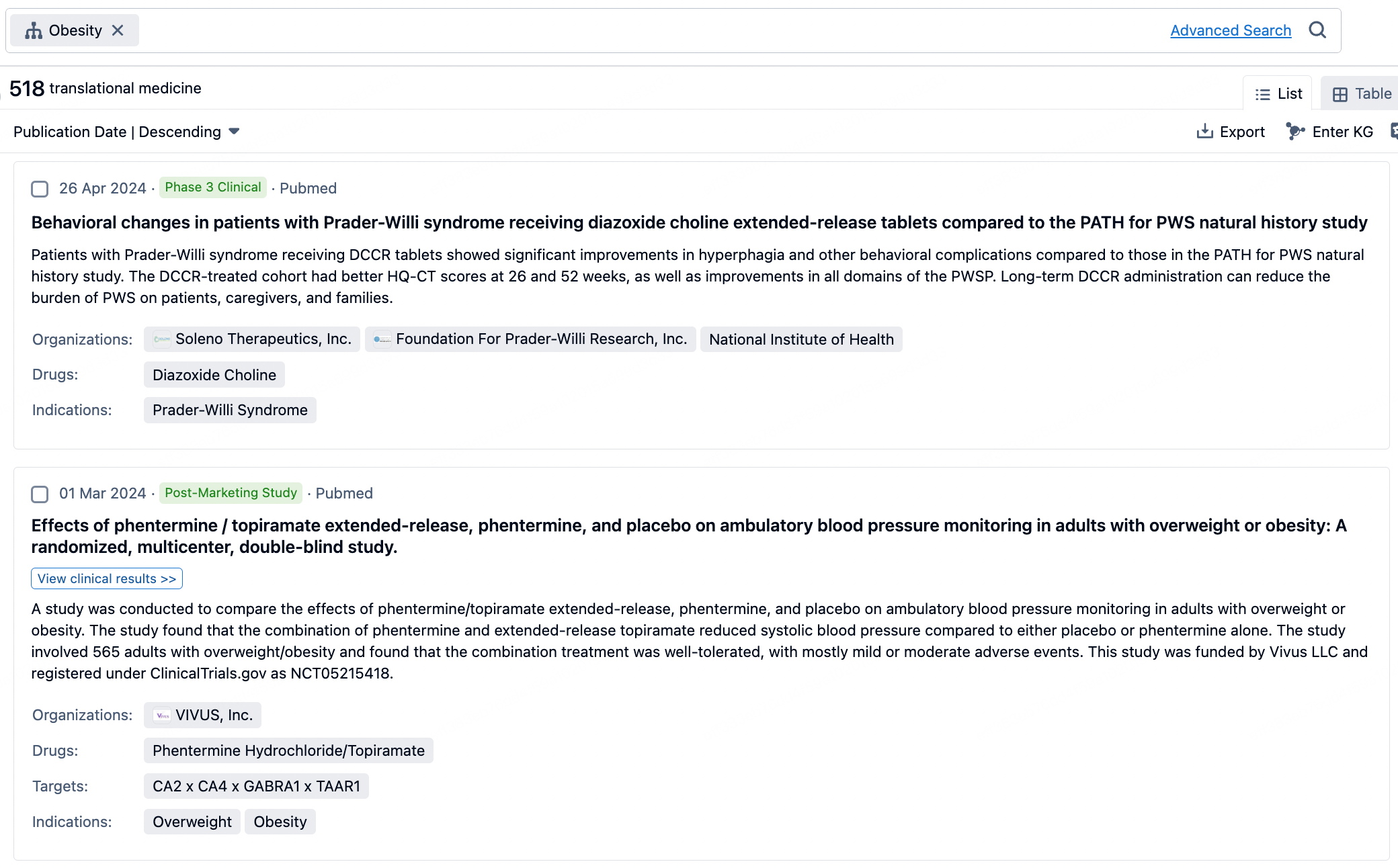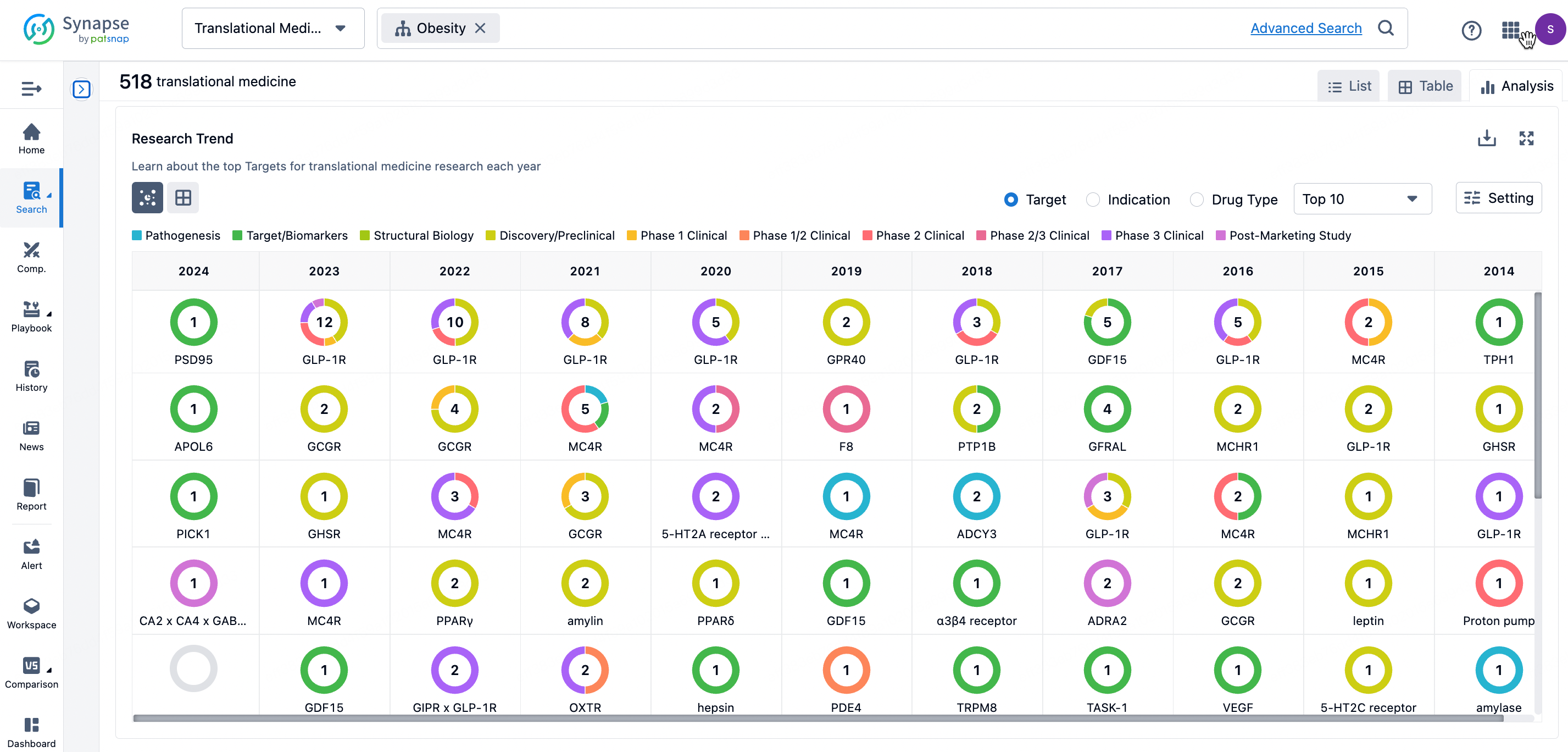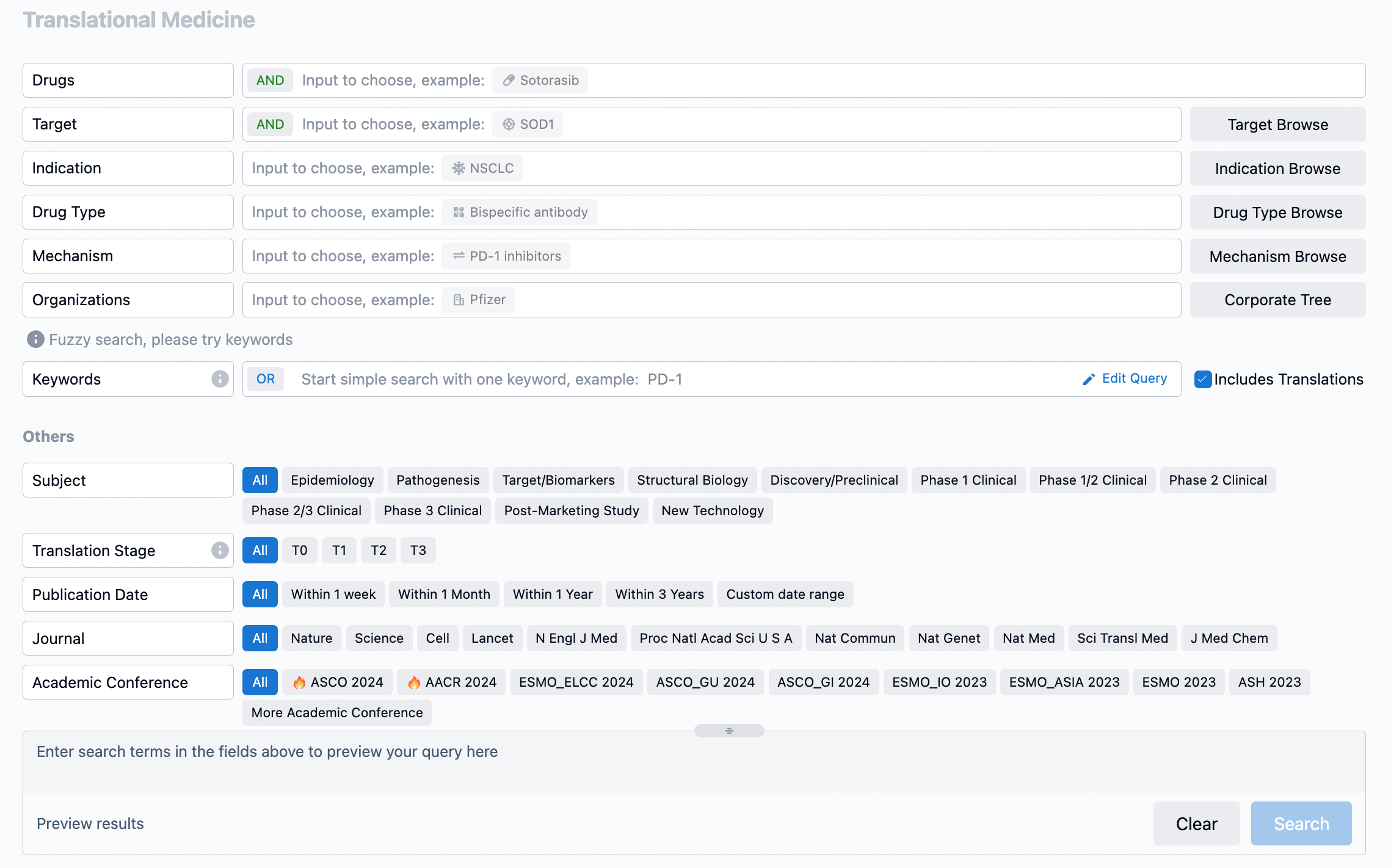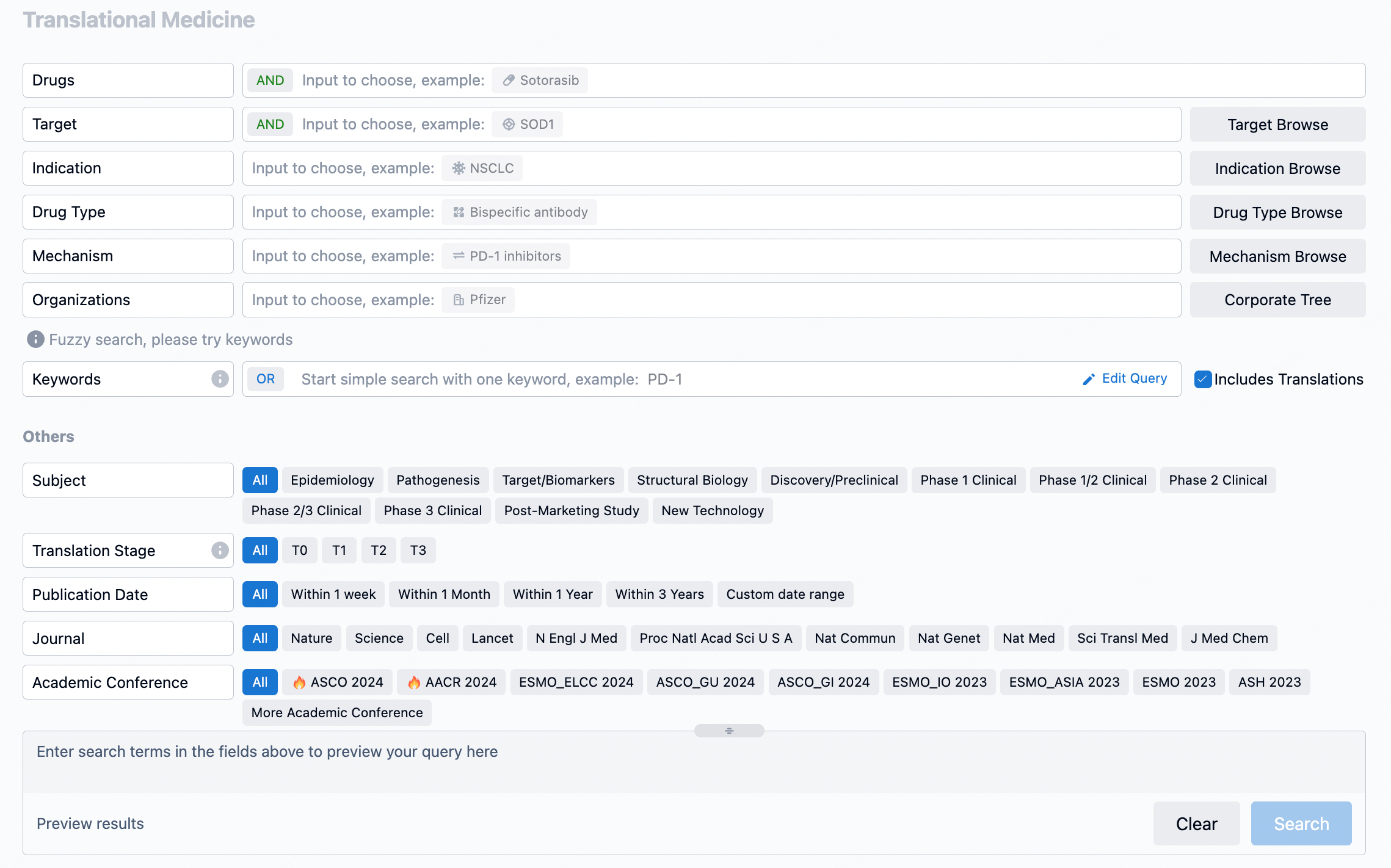Targeting KCa3.1 Channels: The Anti-Inflammatory Potential of NS6180 in Rat Models of IBD
The compound, designated as NS6180, was studied for its effectiveness and the specific molecular mechanism by which it acts on KCa3.1 channels. It was also tested for its selectivity towards other potential targets, its impact on T-cell activation, and its pharmacokinetic properties, as well as its capacity to manage inflammation in a rat model of inflammatory bowel disease (IBD) induced by 2,4-dinitrobenzene sulfonic acid.
NS6180 was found to inhibit human KCa3.1 channels at a concentration of 9 nanomolar, acting through specific amino acid residues T250 and V275, which are known to be sensitive to triarylmethanes like TRAM-34. It also showed similar potency in inhibiting KCa3.1 channels in erythrocytes from humans, mice, and rats, with an efficacy range of 15 to 20 nanomolar. Furthermore, NS6180 was able to suppress the proliferation of splenocytes from rats and mice at submicromolar concentrations and significantly reduced the production of IL-2 and IFN-γ, with less impact on IL-4 and TNF-α, and no effect on IL-17 production. The presence of KCa3.1 channels was confirmed in healthy colon tissue, with an increase observed in colitis conditions associated with immune cell infiltration. Notably, NS6180 demonstrated a reduction in colon inflammation and an improvement in body weight gain in rats, similar to the standard IBD drug sulfasalazine, despite its low plasma exposure.
In conclusion, NS6180 is a novel KCa3.1 channel inhibitor that has shown potential in mitigating experimental colitis, indicating that KCa3.1 channels could be viable targets for the pharmacological management of intestinal inflammation.
How to Use Synapse Database to Search and Analyze Translational Medicine Data?
The transational medicine section of the Synapse database supports searches based on fields such as drug, target, and indication, covering the T0-T3 stages of translation. Additionally, it offers a historical conference search function as well as filtering options, view modes, translation services, and highlights summaries, providing you with a unique search experience.
Taking obesity as an example, select "obesity" under the indication category and click search to enter the Translational Medicine results list page. By clicking on the title, you can directly navigate to the original page.

By clicking the analysis button, you can observe that GLP-1R treatment for obesity has gained significant attention over the past three years, with preclinical research still ongoing in 2023. Additionally, there are emerging potential targets, such as GDF15, among others.

Click on the image below to go directly to the Translational Medicine search interface.

